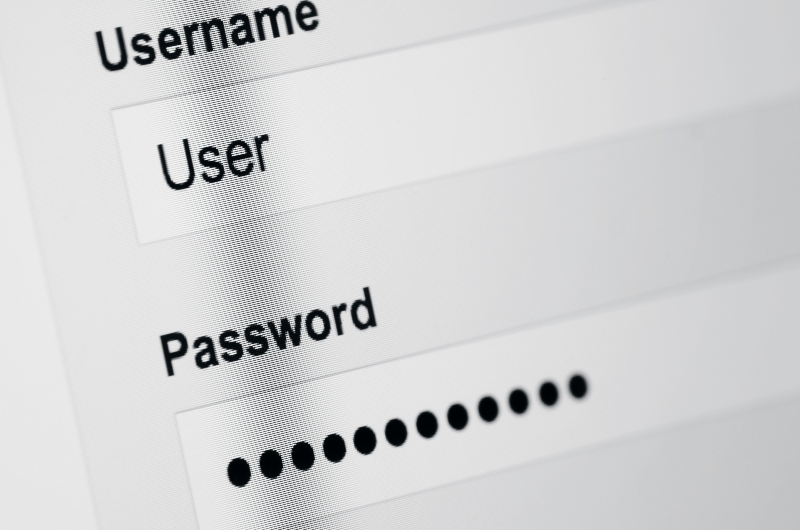Lisa spent three months trying to sort out her father’s finances after he passed away. Despite being named executor, she couldn’t access his online account to see automatic payments or pending transfers. This experience highlights the common challenges families face with online banking accounts after death when proper preparation hasn’t been done.
When someone passes away, their online banking access is terminated, but their financial obligations continue. This can create a complex web that families must untangle without the digital keys. This guide explains what typically happens to online banking accounts after a death and explores common strategies families use to prepare.
Disclaimer:This article is for general informational and educational purposes only. The author is not an attorney or a financial advisor. The information provided is not legal or financial advice. Banking policies and estate laws are complex and vary by institution, state, and individual circumstances. You should always consult with qualified professionals, such as an estate planning attorney and a financial advisor, to address your specific situation.
What Happens to Online Banking When a Person Dies?
Once a bank is notified of a death, a standard process begins. The Consumer Financial Protection Bureau provides detailed guidance on what families can expect when dealing with financial institutions after a death, including common challenges with debt collectors and account access.
Online Access is Blocked: For security and privacy, online and mobile app login access for the deceased is permanently blocked.
Accounts are Frozen: Solely-owned accounts are typically frozen to protect the assets until a legally appointed executor can take control.
Automatic Transactions May Continue: Automatic payments (like a mortgage or utility bill) and direct deposits (like a pension) will often continue trying to process until the originators are notified and the arrangements are changed.
Fees Continue: Standard account fees may continue to accrue.
The key takeaway is that a death certificate and executor status grant legal authority over the estate’s assets, but they do not grant access to the deceased’s digital login.
The Challenge of Modern Digital Banking
Unlike in the past, where paper statements and checkbooks created a physical trail, much of modern finance is invisible.
Paperless Statements: Many people opt out of paper statements, leaving no physical record of accounts.
Invisible Autopay: A complex web of bills (mortgage, utilities, insurance, subscriptions) may be paid automatically, with no visible record outside of the online account.
Digital-Only Activity: Transactions like mobile check deposits and transfers between online accounts leave no paper trail.
Without a plan, the executor is left trying to reconstruct this digital financial picture while dealing with the time-sensitive pressures of the estate.

Common Strategies for Financial Preparedness
Families use several strategies to prepare for these challenges. The following are descriptions of common approaches.
1. Create a “Financial Roadmap” or Information File
This is the single most effective step any person can take. It involves creating a secure and comprehensive inventory of all financial information. This is not about sharing passwords, but about creating a map for the executor.
Information to Include:
Bank Information: A list of all financial institutions (banks, credit unions, investment firms) with account numbers and types (checking, savings, etc.).
Automatic Payment Details: A list of all bills paid via autopay, including the company, the due date, and which account is used.
Direct Deposit Sources: A list of all incoming direct deposits, such as Social Security, pensions, or investment income.
Key Contacts: Contact information for any key financial professionals, like a financial advisor, accountant, or bank manager.
This document should be stored in a secure location where the designated executor knows how to find it, such as with a will or other estate planning documents.
2. Understand Different Account Access Options
Banks offer several ways to allow a trusted family member to access or inherit an account. Each has significant legal and financial implications and should be discussed with a bank representative and/or an estate planning professional to see if it’s right for your family’s situation.
Authorized Signer: An authorized signer can transact on an account (e.g., write checks, make payments) on the owner’s behalf. This can be very helpful if a parent becomes incapacitated, but this authority legally terminates upon the death of the account owner.
Joint Owner: Making someone a joint owner (often called “Joint Tenant with Rights of Survivorship” or JTWROS) makes them a legal co-owner of the account. Upon one owner’s death, the survivor typically becomes the sole owner automatically, bypassing the probate process for that account.
Payable-on-Death (POD) Beneficiary: A POD designation names a person who will inherit the account funds upon the owner’s death. The beneficiary has no access to the account while the owner is alive, but can claim the funds after death by presenting a death certificate, typically avoiding probate.
3. Simplify and Consolidate Accounts
Over a lifetime, it’s easy to accumulate multiple accounts at different banks. A helpful strategy is to simplify.
Consolidate: Reducing the number of checking and savings accounts can make the estate much easier to manage.
Review Autopay: Limiting autopay to only essential bills can reduce the number of potential problems after an account is frozen.
An Important Warning About Using Login Information
While it may seem like a simple solution, logging into a deceased person’s online bank account using their username and password is not recommended. It typically violates the bank’s terms of service and can create legal and security complications for the executor and the estate. The proper procedure is always to work directly with the bank’s estate services department.
A Sample Action Plan for Getting Organized
This is a general guide to how a family might approach this topic.
Start the Conversation: Begin by discussing the practical aspects of bill management. A good starting point is, “I want to make sure we have a plan so that important bills like the mortgage and utilities are always taken care of. Could we make a simple list of your accounts and any automatic payments?”
Gather and Document: Work together to create the “Financial Roadmap” described above. Focus on creating a clear inventory for the future executor.
Discuss with Professionals: Encourage your parent to discuss their goals with their bank and/or an estate planning attorney to ensure their account structures (like joint ownership or POD designations) match their wishes.
Store Securely and Update: Place the documentation in a secure location and set a reminder to review and update it together once a year.
By taking these preparatory steps, families can ensure that a difficult time is not made worse by financial chaos, confusion, and missed payments.
For comprehensive digital organization:
Visit DigitalLegacyKit.com for tools that coordinate password management with complete digital estate planning, family communication scripts, and account organization systems.
Start with convenience, add security, and build the foundation for comprehensive digital estate planning that serves your family for years to come.



